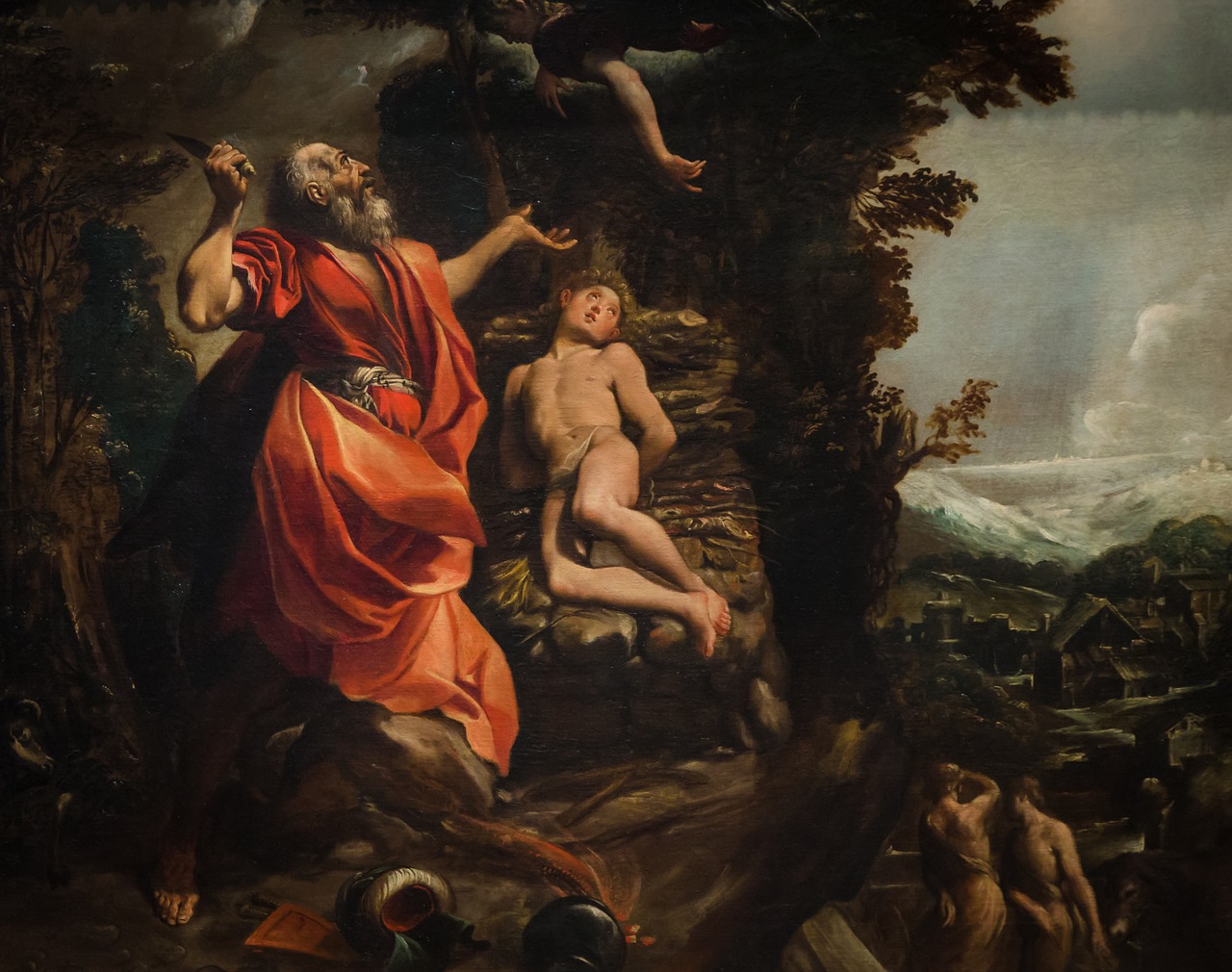Indeed, the rituals described in the Tanakh (the Hebrew Bible) often involved the use of sacrificial animals and the sprinkling or pouring of their blood on the altar. These rituals formed an integral part of the religious practices of ancient Israel and were conducted in accordance with the instructions outlined in the Torah.
The rituals involving blood had several symbolic purposes. Blood was considered sacred and represented the life force within the animal. The act of sprinkling or pouring blood on the altar was seen as a way of offering the life of the animal to God, acknowledging His sovereignty and expressing gratitude or seeking forgiveness.
While the idea of blood being splashed and poured might evoke a graphic and messy image, it’s important to note that these rituals were carried out in a controlled and organized manner by the priests. They followed specific procedures to ensure the appropriate handling of the animals and the blood.
The biblical text provides detailed instructions on how the rituals were to be performed, including the preparation of the altar and the precise methods of sprinkling or pouring the blood. The priests would catch the blood in basins or containers and then apply it carefully to the designated areas of the altar. The focus was on performing the rituals with reverence and precision, not on creating a chaotic or unsanitary environment.
Furthermore, it’s worth remembering that the sacrificial system of ancient Israel existed within a specific cultural and religious context. These practices were part of a broader framework of worship that involved the entire community. The rituals were carried out in the designated sacred spaces, such as the tabernacle or later the temple, and were conducted by the priests who were entrusted with their proper execution.
The primary emphasis of these rituals was not on the physical state resulting from the use of blood, but rather on the spiritual significance and symbolism behind them. The splashing of blood represented the offering of life to God and the seeking of atonement or communion with Him. It was a means of expressing devotion, seeking forgiveness, or giving thanks.
It is also important to note that the rituals involving animal sacrifice were not the sole focus of Israelite worship. Other elements such as prayers, hymns, and other forms of worship were also significant components of their religious practices. The rituals of sacrifice were just one aspect of the broader system of worship that allowed the Israelites to express their faith and maintain their relationship with God.
In summary, the rituals described in the Tanakh involving the use of sacrificial animals and the sprinkling or pouring of blood on the altar were carried out with care and reverence. While the use of blood might seem messy from a modern perspective, the rituals were performed in a controlled and organized manner by the priests, following the specific instructions provided in the biblical text. The focus of these rituals was on the symbolic and spiritual significance behind them, rather than the physical state resulting from the use of blood. They were part of a broader system of worship that allowed the Israelites to express their devotion, seek forgiveness, and maintain their relationship with God within the cultural and religious context of ancient Israel.


